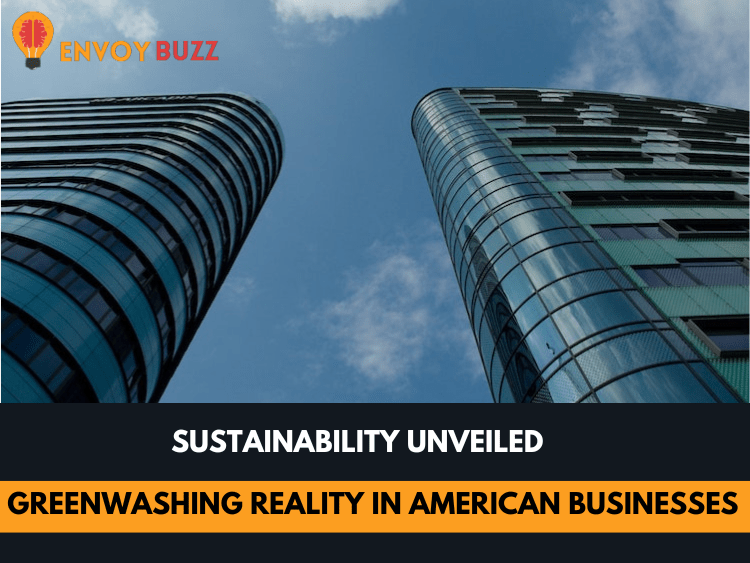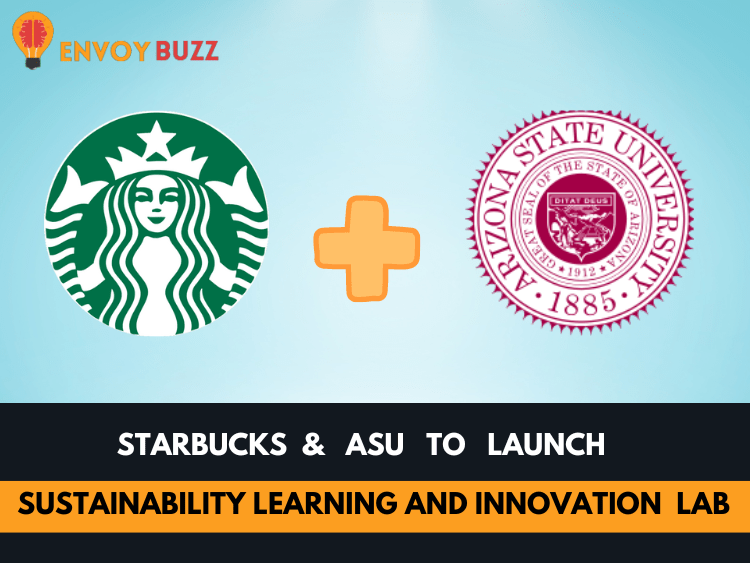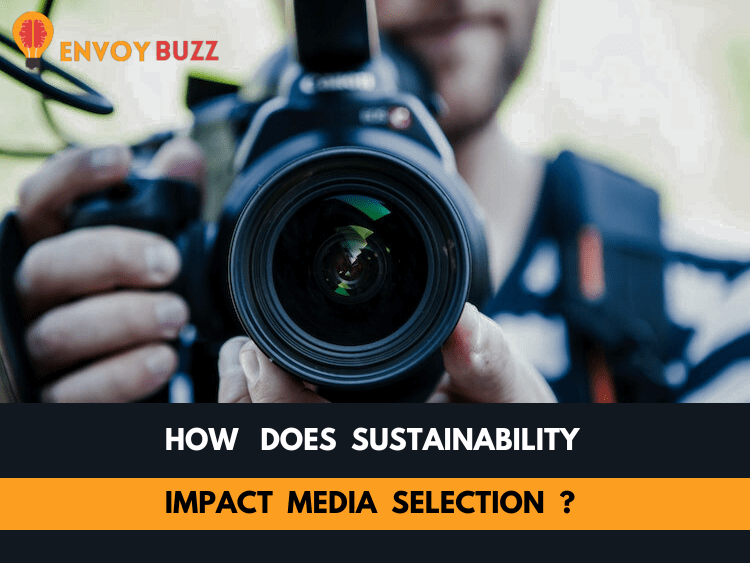50% of American businesses overstate their commitment to sustainability.
59% of executives misrepresent how they approach sustainable messaging, according to Google Cloud and Harris Poll. Here are some tips for businesses to increase their efforts.
With regular reports on climate change, sustainability has drawn a lot of attention. The melting of glaciers and the migration of marine organisms are both caused by rising ocean temperatures. Volatile storms have intensified, leading to an increase in floods and heavy rains worldwide.
According to research, as sea levels rise owing to climate change, hurricanes have become stronger and storm surges have increased. Hurricane Ian allowed you to witness the fury of the world in late 2022. The Southeast was devastated by the Category 5 storm, particularly Florida.
According to senior scientist Tom Knutson at the National Oceanic and Atmospheric Administration (NOAA), storm flooding is made worse by rising sea levels. As the rate of rainfall increases this century, the issue will only get worse.
The terrible impacts have been felt by many, which has increased interest in sustainability initiatives. By lowering your carbon dioxide (CO2) emissions, you may have discovered solutions to reduce your carbon footprint. What about the remainder of the nation?
While it is simple to discuss sustainability efforts, the true challenge lies in taking tangible actions. Numerous Americans claim to adopt sustainable practices merely to impress their peers, but the reality paints a different picture.
53% of Americans overestimate their use of sustainable practices, according to a March 2023 survey. The same survey finds that 54% of people will resume unsustainable behavior if they’re left alone.
“When it comes to sustainability, it matters less what people think and more that we all just do the best we can.” -Jessica Hann (senior vice president of Avocado Green’s brand marketing and sustainability)
The negative consequences of greenwashing
Customers are misled about the environmental impact of businesses that “greenwash” their operations. They may also use climate-friendly initiatives for PR to cover their environmental malpractice.
More than half of businesses admit to greenwashing, according to a 2023 survey. When leaders were asked how they approach sustainability communications, Google Cloud and Harris Poll found that 59% overestimate or falsely describe sustainable practices.
To protect the planet, it is crucial to put an end to greenwashing. With enhanced knowledge and advanced technology, individuals can foster a harmonious relationship with the environment rather than being adversaries. The following five approaches illustrate how employers can support their own sustainability endeavors and empower their employees to do the same:
1-Implementing renewable energy sources

The existing climate problems have been considerably exacerbated by buildings. They use almost 35% of the world’s energy, according to data from the International Energy Agency. For the construction of these structures, steel and cement must be used, and electricity and heat must be produced. The current model for energy consumption is less viable as the global population increases and demand rises.
Renewable energy is one approach to lessen the carbon impact of your staff members at work. Solar panels are the most practical way to achieve it. These devices capture solar energy and use it to generate electricity for your building. Instead than relying on the electrical grid, you’ll generate your own energy.
For both personal and commercial use, now is a great time to get solar panels. The solar tax credit has been extended by the federal government until 2033. When you buy solar panels, you can receive a 30% discount on the panels, labor, and other installation-related expenses.
2-Seeking sustainability certifications

Getting certifications is a great way to verify sustainable efforts. For instance, achieving Leadership in Energy and Environmental Design (LEED) accreditation validates adherence to construction standards. To get LEED certified, you must pass a test given by the US Green Building Council.
There are many accrediting programmes, however LEED is one of the most well-known. For instance, the Farm Sustainability Assessment (FSA) Programme of the Sustainable Agriculture Initiative Platform (SAI Platform) provides a framework to improve sustainability outcomes and assess efforts at bronze, silver, or gold levels. Achieving FSA Gold status is an indication of noteworthy accomplishments in fields like soil management, biodiversity, and greenhouse gas (GHG) emissions.
3-Water conservation practices

Water plays an important role in various industries such as agriculture, construction, and fashion. Even in office settings, water is necessary for facilities like bathrooms and water fountains. However, the global freshwater supply has become increasingly concerning, leading to water restrictions in many Southwest cities and states during the summer.
Water efficiency must be prioritized in order to improve sustainability in your workplace. Utilizing low-flow faucets and toilets helps reduce water usage to only what is necessary. Such solutions not only cut down on water use but also lower utility costs. Utilizing smart technology also makes it possible to monitor water usage in real-time, helping to spot areas that can be improved.
4-Reevaluating the supply chain

In today’s business landscape, environmental awareness holds great significance, influencing carbon footprint and Environmental, Social, and Governance (ESG) scores. ESG ratings are crucial indicators of social responsibility, influencing investor and consumer perceptions.
Reassessing and improving the supply chain is a crucial strategy for raising ESG rankings. Think about whether your suppliers are domestic or foreign. International partners may be more affordable, but their reliance on fossil fuels frequently has a greater negative impact on the environment.
You can streamline the supply chain, shorten lead times, and lessen the environmental impact of your company by forming alliances with domestic businesses, ideally those that are located in the same state.
5- Encouraging employee engagement and education

Enhancing sustainability efforts within an organization requires an essential strategy that prioritizes staff education and participation. Employees can actively support sustainability goals by encouraging a culture of environmental responsibility.
Encourage staff members to take part in sustainability activities including trash reduction, energy conservation, and recycling programmes. Give people instruction and instructional materials on sustainable practices, such as the value of conservation, renewable energy, and eco-friendly actions in both their personal and professional lives.
Use internal communication channels, such as newsletters or intranet platforms, to inform staff on sustainability updates, success tales, and how-to guides. Employee sustainability initiatives and contributions should be acknowledged and rewarded.
Organizations can foster a shared commitment to sustainable practices by empowering and educating their workforce, which will have a good influence on the environment and make the workplace more sustainable.
For more blogs visit Envoybuzz.





